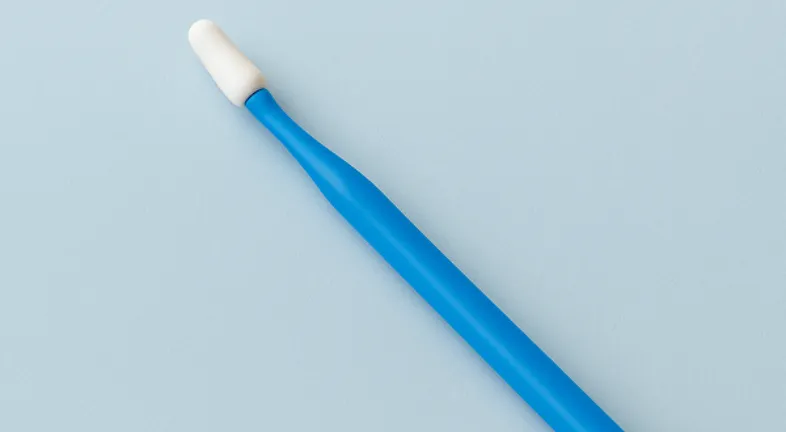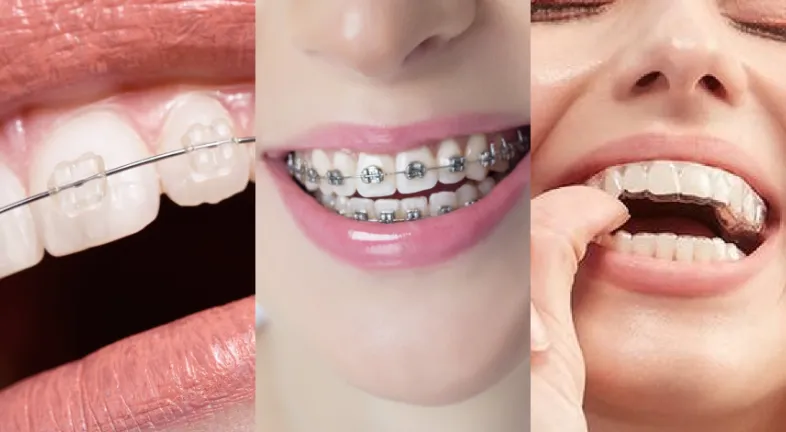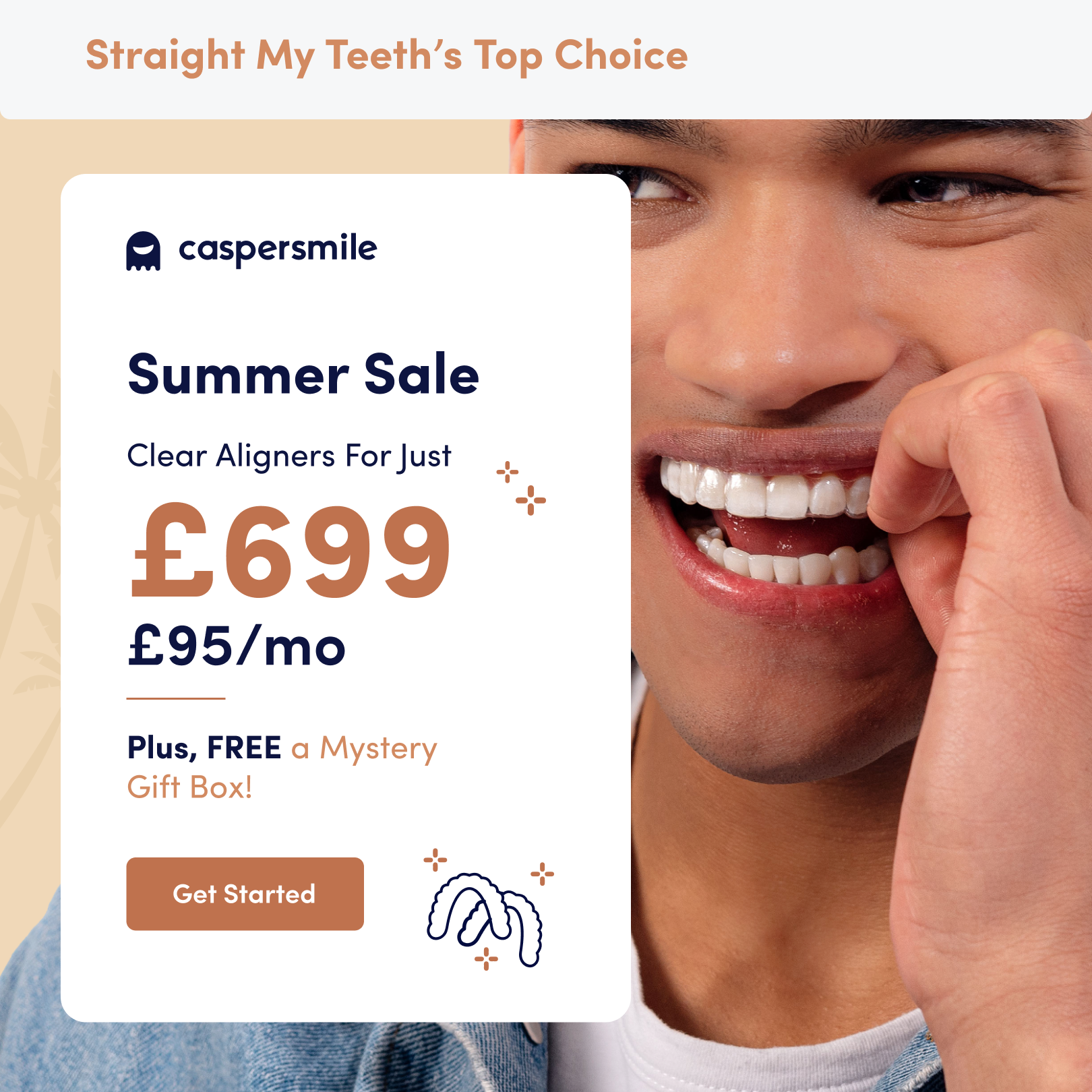
Table of Content
Clear aligners or clear braces as they are commonly called, are arguably one of the most popular orthodontic options for teens and adults looking to straighten their teeth. The treatment involves a series of clear plastic aligners which are worn over the teeth, a little like a mouthguard. These exert pressure on the teeth to gradually move them into the right position. Each aligner is customised and worn in sequence for the allotted time for the treatment to be successful.
There are several reasons for the popularity of clear aligners in the UK. These include:
The last reason is one of the most significant benefits for those aligner wearers concerned with food restrictions during treatment.
One of the best things about clear aligners is that they are easily removed enabling patients to take them out of their mouth at mealtimes. This is hugely beneficial compared to conventional braces that are permanently attached to the teeth and remain in the mouth when a person is eating or drinking.
When a person wears conventional braces, there are lots of foods that they can no longer eat for fear of damaging their device. This includes hard, sticky and chewy foods like toffees. Patients are also advised to lower their consumption of sugar because it can be challenging to clean and floss teeth thoroughly when wearing fixed braces. Improper cleaning while wearing fixed braces can lead to dental neglect.
Although aligners make it easier for patients to eat during orthodontic treatment, it doesn’t mean they can eat just what they like while wearing their ‘invisible braces’. Clear braces must be removed before eating and drinking anything other than water. Eating with aligners in place could damage them and prevent them from working properly.
Thankfully, it’s easy to remove aligners and place them in the provided container during mealtimes. But don’t forget to replace them in the mouth as soon as possible after your meal.
Wherever possible brush your teeth before placing the aligners back in your mouth to remove any food particles. If you can’t brush your teeth then drink a glass of water to wash away any residue.
Please bear in mind that your clear aligners need to be in your mouth for at least 22 hours a day to be effective.
While, in theory, a person can eat or drink anything when not wearing their aligners, adopting a healthy diet is key, particularly when undergoing aligner treatment and this does entail steering clear of certain foods and drinks.
Hard foods and boiled sweets – Foods like seeded breads, popcorn and raw carrots are foods you may want to avoid during treatment. Even boiled sweets that you suck in the mouth should be avoided because the sugary residue they leave behind attracts harmful bacteria which can lead to gum disease and tooth decay – the last thing you want when straightening teeth.
Crunchy vegetables and fruits are a healthy option but should be cut into smaller pieces to avoid cracking or chipping a tooth. Where possible, stick with soft fruits like bananas and grapes.
Chewing gum – Chewing gum is at the top of the list of foods to avoid for people with metal braces but what about clear aligners?
Never be tempted to chew gum, sugar-free or otherwise, when wearing aligners as it may pull and tug at them causing damage or breaking them. The excess saliva caused by chewing gum may also stain your teeth or aligners if it seeps inside. While you can take your aligners out now and again to chew a piece of sugarless gum, it’s not recommended to remove your aligners more than the recommended time since it can delay the progress of your treatment or prolong its duration.
Avoid specific beverages – Don’t be tempted to drink anything other than water without removing your aligners. Coloured beverages like coffee, black tea and red wine will stain, leaving your aligners looking dirty and tinted, so rather than being ‘invisible’ they’re quite the opposite.
Soda, too, is extremely acidic and can break down the tooth enamel. So, while it’s fine to remove your aligners now and again to drink anything other than water, be aware that this habit will quickly reduce your daily wear time to less than 22 hours. Best stick to water. Not only is drinking water healthy for your body but your oral health will thank you too.
While you can eat what you like (within reason) with your clear aligners removed, adopting a healthier diet will help keep your oral health on track and prevent the need for further dental treatment once you have completed treatment. Not only will avoiding snacking help your waistline but it will also help you comply with the allotted 22 hours a day required for aligners to work their magic.
Finally, avoid smoking with clear braces. Smoking is harmful to your overall health and when clear aligners are worn while smoking, tar and nicotine can quickly stain the trays. Even if the trays are removed for smoking, the tar and nicotine that lingers in the mouth can cause discolouration to the trays giving them a yellowish hue.
If you’re frustrated with your crooked teeth, You can try out at-home clear aligner brands like Caspersmile which let you get an affordable teeth straightening treatment from the comfort of your home.
You can order their at-home impression kit and make easy impressions at home. Upon sending your teeth impressions, you will receive a treatment plan. Once you approve the treatment plan and get on board, your invisible aligners will be delivered to your doorstep.
So, don’t delay. Take a free online assessment and move one step closer to a straight and healthy smile.
Curated the best for your knowledge
.webp) Mouthwash for Gums: What to Choose & Why
Mouthwash for Gums: What to Choose & WhyYou know the feeling when your gums suddenly have a meltdown? A little swelling, a little bleeding, and you are down the rabbit hole on Google at 3 a.m., trying to find the best mouthwash for gums. It happens. Gums can be finicky little guys. They deserve some love, some care, and sometimes a splash of minty freshness. But not all mouthwashes are created equally. Some are just flavored water, acting like they are helping. Some are awesome "fight germs" formulations that your dentist wishes everyone used. In this article we are going to break down what’s is the best mouthwash for your gums.
Read More What Are Gum Simulators and How Do They Improve Oral Health?
What Are Gum Simulators and How Do They Improve Oral Health?When trying to maintain a perfectly healthy smile, most people tend to focus on proper brushing and regular flossing, but there's another underrated tool that can be extremely helpful in keeping your mouth healthy. The gum stimulator. Though it may sound like a complicated dental instrument, a gum stimulator is actually a fairly simple yet effective tool. It's designed to strengthen and massage your gums while removing plaque from areas that are tough to clean. It does all of this while boosting blood circulation in your gums.
Read More What Are the Best Ways to Straighten Your Teeth?
What Are the Best Ways to Straighten Your Teeth?Teeth straightening is not just limited to cosmetic concerns, but it also helps resolve any of the functional issues, including bite alignment. Dental misalignments have become common among individuals of all ages. Regardless of whether you are dealing with crowded teeth, gapped teeth, or any other dental issues, there are now various ways to straighten teeth. The advancements in dentistry have introduced a range of options. From braces vs aligners to other orthodontic devices, teeth straightening has never been easier. In this blog, let us help you explore the best ways to straighten teeth.
Read MoreQuick Links

Heading